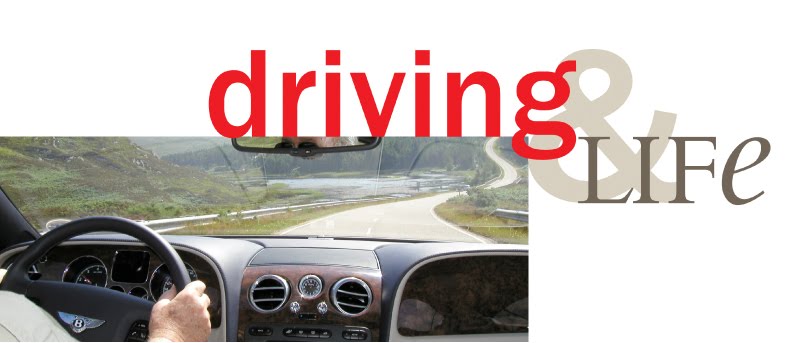Back in 2011 I wrote about a special group of automotive artisans based in Milano, Italy, who created a striking shooting brake, based on a Bentley Continental GT convertible.
Called the Flying Star, the car was exhibited at the Geneva Auto Salon by Touring Superleggera of Milano.
This contemporary expression of bespoke coachbuilding, the Bentley Flying Star, is from a company which was originally founded back in 1926 by Felice Bianchi Anderloni. The craftsmanship of the Flying Star is exquisite, the finish is exemplary, and embodies all of the special legends about the Italian Carrozzeria, created by the great design houses of Pinifarina, Bertone, Ghia and Ital Design.
Styled by Louis de Fabribeckers, it's based on the platform and mechanicals of the fabulous Alfa Romeo 8C Competizione.
 |
| Alfa Romeo 8C Competizione |
The new Disco Volante (which will only be built in limited numbers to special order) was a huge hit in Geneva this year, 60 years after the original concept also stunned the crowds at the Salon de l’Auto.
Whilst the original concept was built first as an open car, with a coupe added later, the 2013 Disco Volante is a glamorous coupe, with impeccable finish, and attention to detail,
with its front-central mounted 4.7 litre V8 engine and a transaxle rear drive with unmodified specifications.
Each unit, of which the construction requires 4,000 hours of manual work, will be built only on demand.
Many elements were changed from the styling study which was presented in 2012, like a slightly higher bonnet needed for the engine bay ventilation. Still, the original proportions were retained, so these changes will be hardly noticed. The final result is even more dramatic and impressive than the original concept.
The lightweight and compact 4.7 litre V8 engine delivers 450HP and 480Nm peak torque. It is coupled with a six-speed sequential transaxle gearbox with electronic control and paddle-shift gear selection. Together with a limited-slip differential and a state-of-the-art braking system with large diameter, ventilated discs a precise, dynamic and proactive drive is ensured.
The aluminium panels are hand-beaten using an epoxy mould. Since the inner frames of most parts of the bodywork are made of CFRP, this requires glueing aluminium to carbon fibre. This technique adds to the rigidity as the adhesive bonding has structural properties.
To ensure constant and repeatable quality, the entire production process is documented and digitally logged. Like in series production, there is a quantified manufacturing cycle and a Bill of Materials. Tolerances, measurements and other quality standards are quantified.
I don’t need to include details of the quality control standards, because I’m sure the photographs attest to the excellence of the presentation.
It gives me huge pleasure to report that there is still a kernel of coachbuilding excellence existing in Italy, and that Touring Superleggera maintains traditions based on a historic pursuit of individuality, innovation and most importantly Italian style!











